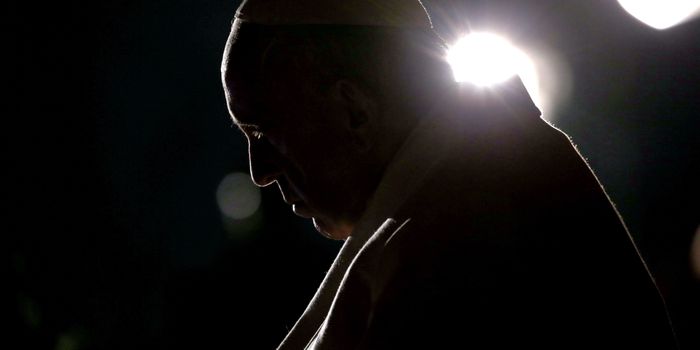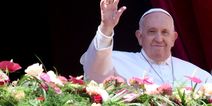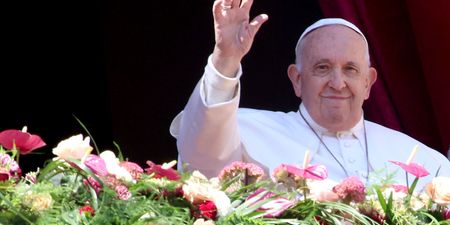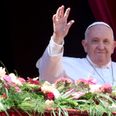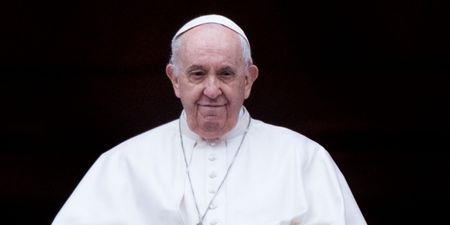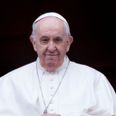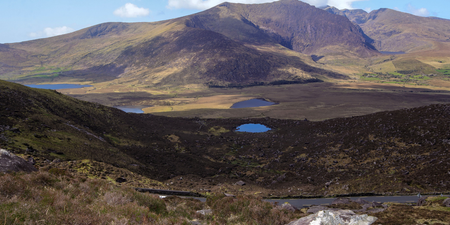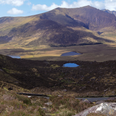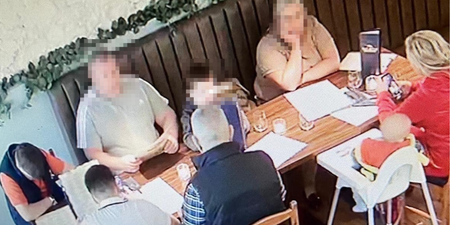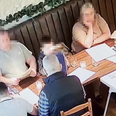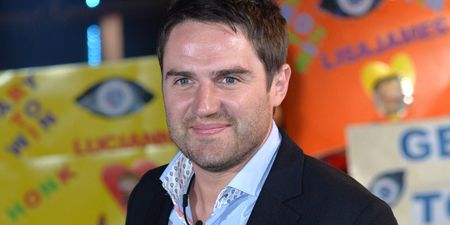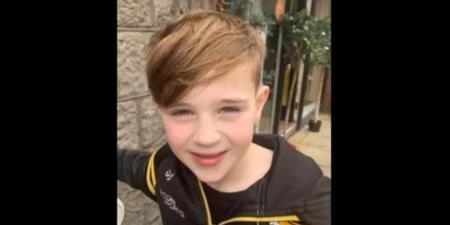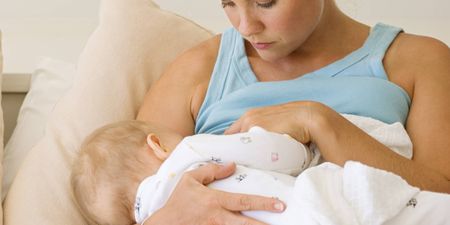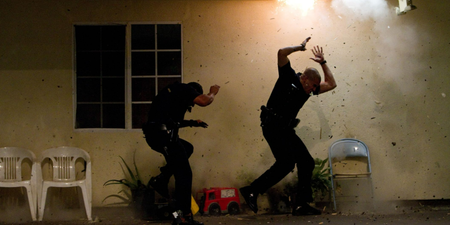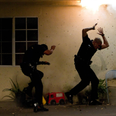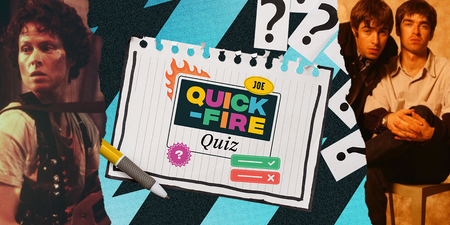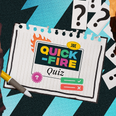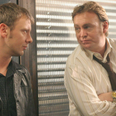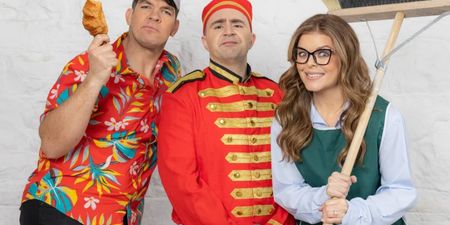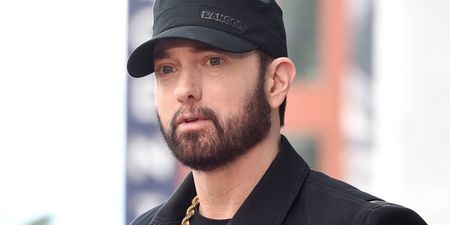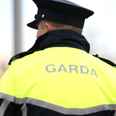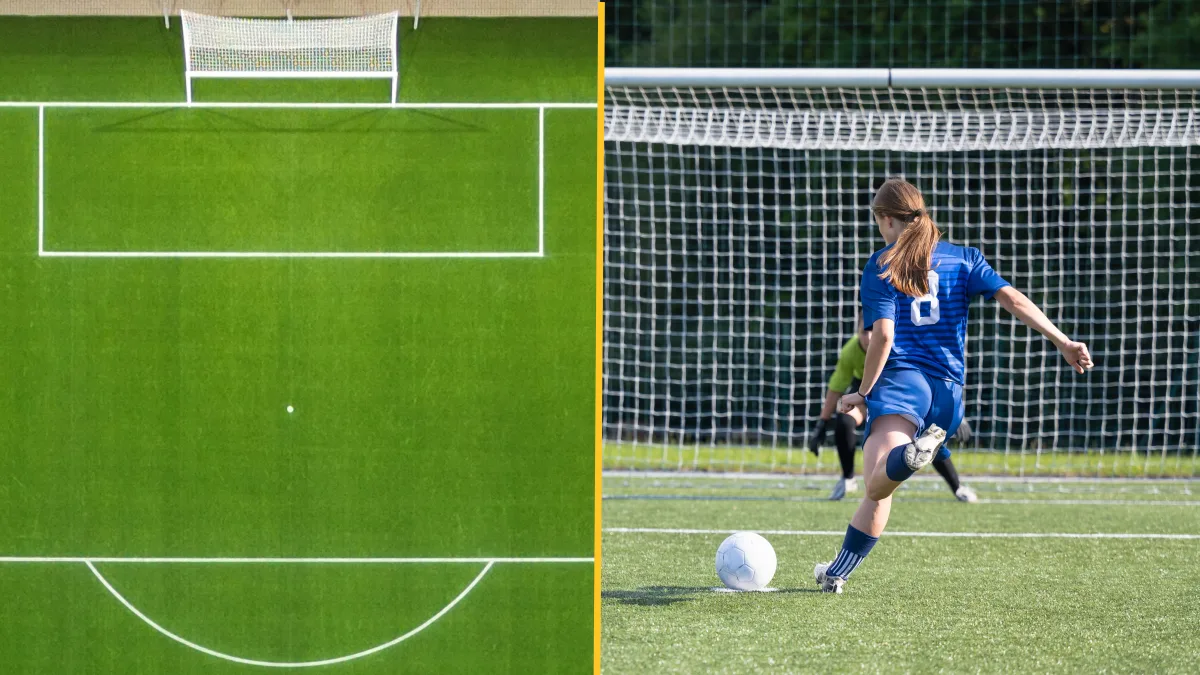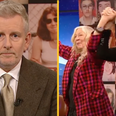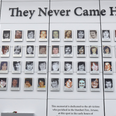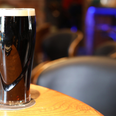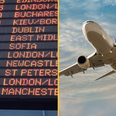When Pope John Paul II visited Ireland in 1979, my grandmother was unable to attend any of the public events due to chronic rheumatoid arthritis, but she was determined to witness his visit somehow.
On the Saturday morning as the country waited for Pope John Paul II’s arrival, my mother drove my grandmother from our house in Ballybrack to Killiney beach and parked where the car could look out over the Irish Sea.
We sat there waiting for some time before finally the Aer Lingus Boeing 747 which we knew had the Pope onboard flew overhead. As she sat looking up, my grandmother could feel she was in the presence of a leader whose holiness she didn’t question and who was blessing Ireland with his presence.
Almost exactly six years later, my grandmother found herself at a private lunch for a senior Irish cleric who at the time was seen as a progressive within the church.
This was a family event and my grandmother was humbled – in the old-fashioned sense before the word came to mean the exact opposite – that this figure of authority would be part of a special gathering.
The lunch went well and an entertaining time was had by all, or by almost all. Unfortunately, as the day went on, the senior cleric got very, very drunk and talked in quite a lascivious way about women he had encountered while he was working as a priest in various parts of the world. This was not what my grandmother – who had approached the day with a supplicant’s awe – was expecting. She was devout without ever being judgmental and when she returned home she told her son she would now pray for the cleric.
Between 1979 and 1985, the church’s relationship with the people of Ireland began to shift. A year later, the result in the divorce referendum would seem to confirm that the church’s will would still be done.
But the 1980s was their victory lap or, viewed another way, a time when they still managed to stay one step ahead of the chasing pack. It was a time, as Diarmuid Ferriter wrote, when “the delusions and denials were exposed,” and the old certainties were shaken.
The church was no longer the ethereal presence watching over us all, but revealed on the ground to be vulnerable, fallible and cruel.
The Pope arrives in Ireland this weekend and he will fulfil his duties as the leader of a church which continues to mean much to many people, but he arrives too as the head of a deposed imperial power whose time as an authority caused so much misery in the country.
Ireland has not made peace with all the church did during its years of rule and the anger that has surrounded his visit reflects the reality that the country is still coming to terms with its liberation.
In 2016, 57 per cent of priests in Dublin are over 60 and the numbers at mass are in freefall. It is true that by European standards, mass attendance is impressive (only Poland has a higher figure) but the point about Ireland’s relationship with the Catholic Church is that it’s not about those who believe, but the freedom of those who don’t.
During its years of dominance, the church was everywhere. The stories told this week are stories of abuse and control, of a population. The anger reflects that change. What has been lost is not faith, it is power.
Between 1964 and 1989, 4,000 youths between the age of 14 and 18 were locked up in the 150 homes East Germany used for the purpose of retraining them as “socialist persons”.
The reasons could be trivial. One child was denounced after he asked why East Germany had built the Berlin Wall if they were the good guys.
Others could simply be considered difficult and that wasn’t hard. Long hair or an interest in youth culture could be enough. The outside world was seen as a menace and good citizens were told not to copy “any garbage that comes from the West, and put an end to the monotony of the yeah-yeah-yeah, or whatever it is they’re singing.”
East Germany had an ideological need to resist the ideas of the west and in Ireland, the Church controlled matters as forcefully as its ideological opponents.
During the first 70 years of independence, Ireland was shaped by the Catholic Church to an unhealthy degree. “After Independence in the 1920s, the new Irish Free State became more Catholic than the Proclamation had intended. The protectionist Catholic closed culture took roots in broader society and assumed a dominant position in the politics and social policy of the new Irish State.”
This view wasn’t expressed by a long-time opponent of the church but by the Archbishop of Dublin Diarmuid Martin last summer. He agreed with president Michael D Higgins’ view of that Ireland.
“The current President of Ireland has noted that the dominance of a sectarian ethos had negative effects on the realisation of the ideas of the Proclamation. That cannot be denied,” Martin said.
In 1937, Ireland’s constitution was drafted with the assistance of Archbishop John Charles McQuaid but De Valera’s initial clause on religion was considered too strong even at that time.
“The State acknowledges that the true religion is that established by Our Divine Lord Jesus Christ Himself, which he committed to his Church to protect and propagate, as the guardian and interpreter of true morality. It acknowledges, moreover, that the Church of Christ is the Catholic Church.”
This was considered a step too far but the final wording recognised the “special position of the Catholic Church”. It was, it could be said, only acknowledging reality.
“How many divisions does the pope have?” Stalin asked, but in Ireland the church was able to seize power without a traditional army, instead it took the faith of the people and turned it against them.
In a country like Ireland, there will always be ways to assume power without seizing it explicitly and so the church and state became the same thing.
In the 19th century, William Thackeray said of Ireland that there was “a catholic truth and a protestant truth…belief is made a party business”.
In the 20th century, Ireland became a country where the Catholic truth mattered most of all and reality would be squeezed to fit this orthodoxy.
Like all orthodoxies, it struggled when dealing with humanity and from that struggle totalitarianism sprung.
And the revolution has not been painless. Disobedience is no longer a subversive act, but it remains a show of defiance. Catherine Corless will not attend the civic reception in Dublin Castle and will stay in Tuam where she will attend a vigil.
Her work has uncovered one way in which that sectarian state abused its people and demanded obedience.
In the 1980s, the victories in abortion and divorce referendums suggested that the power would last for another generation.
But that was the peak. In 1973, the church’s special position was removed from the constitution and Ireland took tentative steps to liberalise laws on contraception. The pope’s visit may have provided the energy for the culture wars to come, but that was not a new lease of life for the church, it was its death rattle.
When the Berlin Wall fell and the Stasi files were opened, East Germany had to come to terms with the reality that the state had infected everything, their friends and neighbours had turned on them and totalitarian power had turned so many into collaborators.
In Ireland, the Catholic Church dominated through fear and control.
Ireland lost that fear through the 1990s, but the church was slow to realise its power had gone. Look at Cahal Daly when he was asked in the 90s if the church was having a difficulty with priests staying celibate. “It seems to me to be grossly irresponsible to parade rumours of that kind, absolutely unsubstantiated,” he said but his anger reflected a new reality beyond his control.
On Thursday, Leo Varadkar called on the Catholic church to atone for its sins. Maybe he should not have used the language of the oppressor. Some would think the right word is crimes.
In the Ireland of the church, sins were how the people were controlled, isolated and weakened.
The stories that have been told again this week were the latest opening of the files, a baring of the soul of the country which replicated, in some ways, the experiences before the marriage equality and abortion referendums.
On those occasions, the gay community and women told their stories of isolation and exile and the country offered a reparation of sorts by changing a constitution which had a narrow view of what the country should be. There will be no simple solution for the church. The Pope will meet victims and he may apologise, but the anger at the powerful remains.
Anyone who listened to Mary Merritt speak to Sarah McInerney on RTE this week would have been struck by how church and state worked together. After being raped by a priest, Merritt told how that priest then called the guards who took her back to the laundry where she lived.
The interview ended and RTE went to the Angelus. Ireland may still comparatively be a religious country but it is no longer a country controlled by a religion, even if the church still has too much influence in schools and hospitals.
A tourist who arrived in Ireland this week might think that all this talk of progress has been overstated, there are priests everywhere and a vast crowd will see the Pope this weekend.
But this is something else. The result of the abortion referendum demonstrates that those of faith trust in their humanity, a humanity suffocated by the totalitarian regime, as it is by all totalitarian regimes.
Ireland can accommodate these crowds and those who will protest at the same time. This isn’t anger at the faithful, but rage at those who were once all powerful and how they abused that power.
The focus is the church that destroyed the lives of the vulnerable, a church that became corrupted by its power, a church that was not how the devout believed it to be when they looked into the sky and prayed.
LISTEN: You Must Be Jokin’ with Aideen McQueen – Faith healers, Coolock craic and Gigging as Gaeilge
